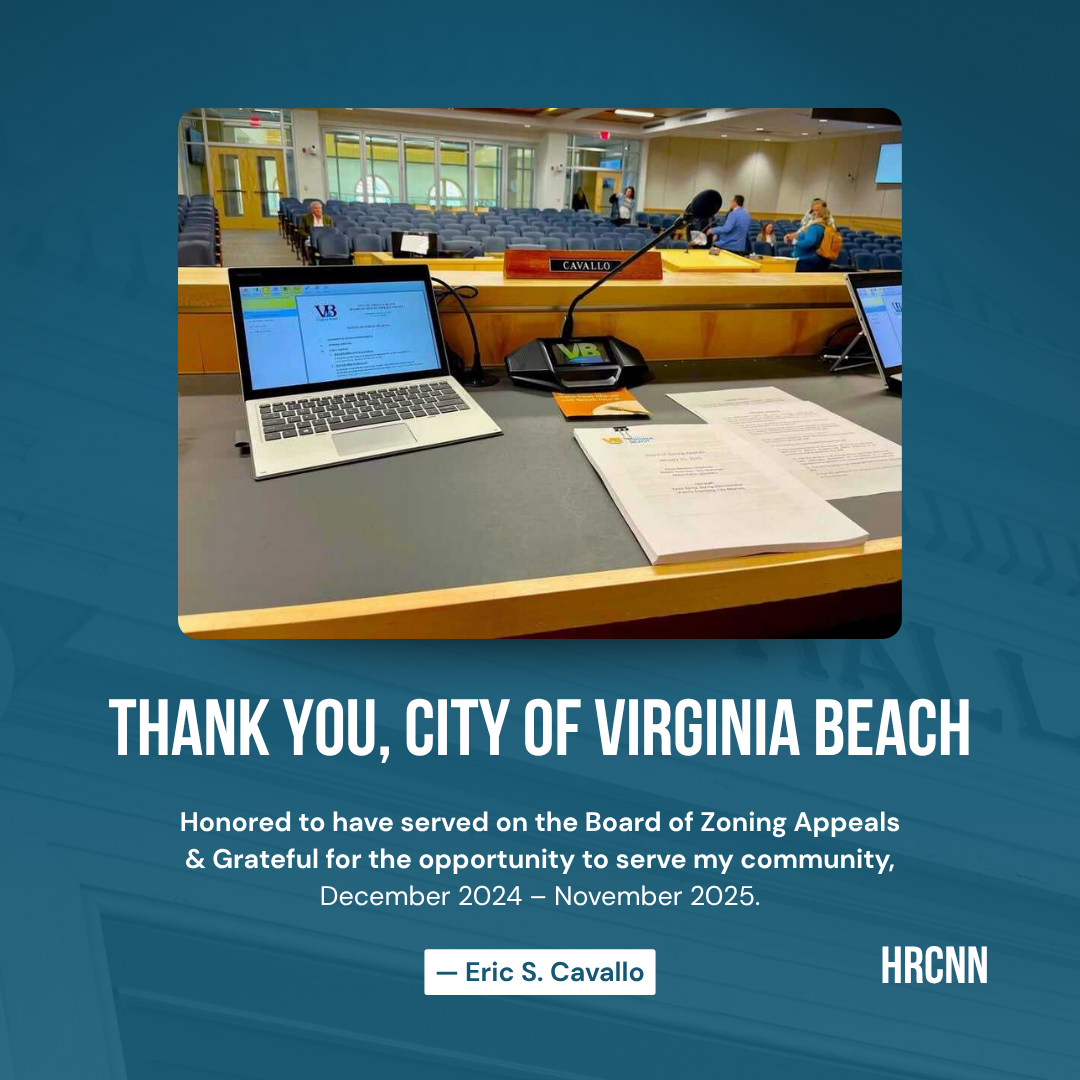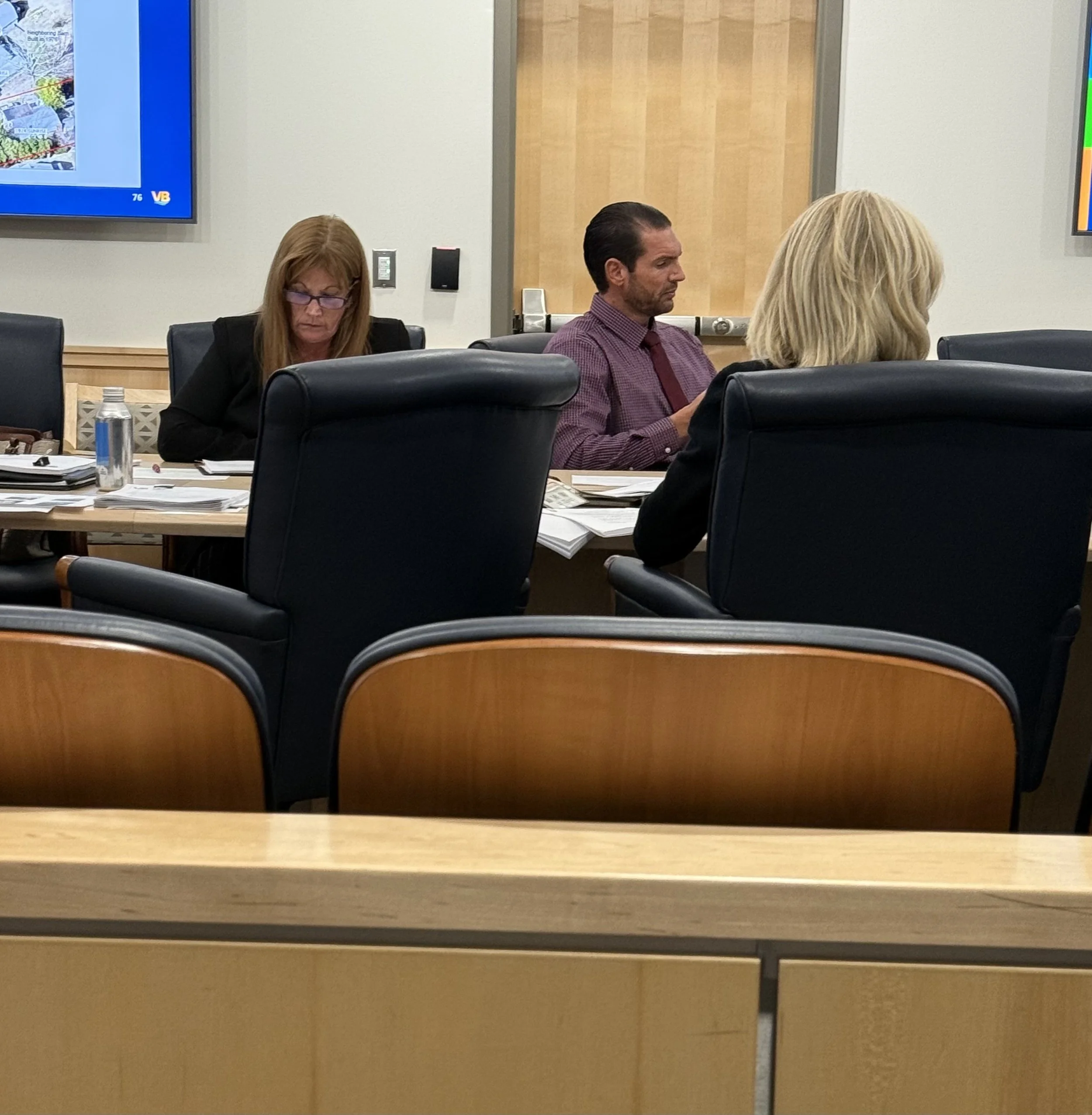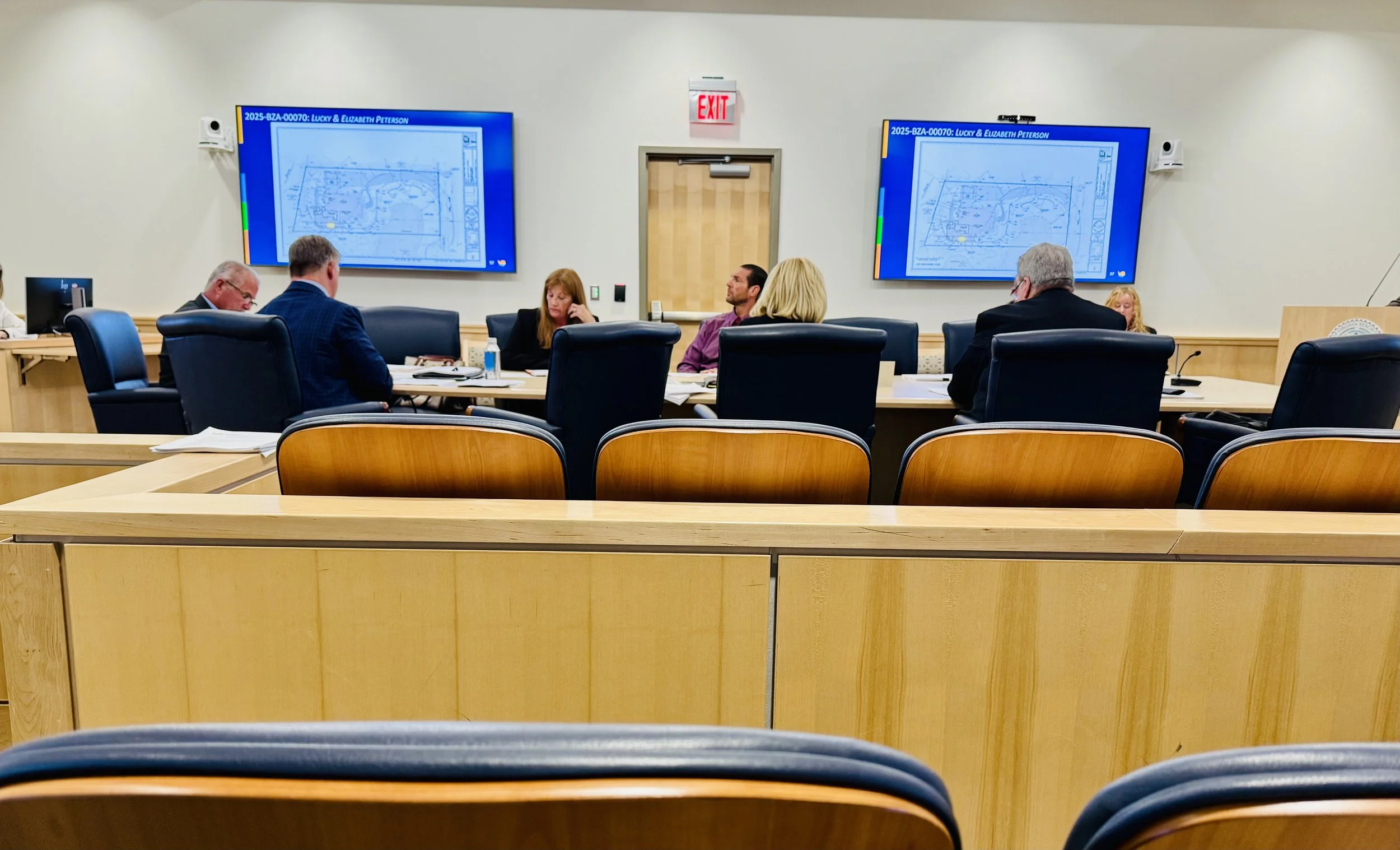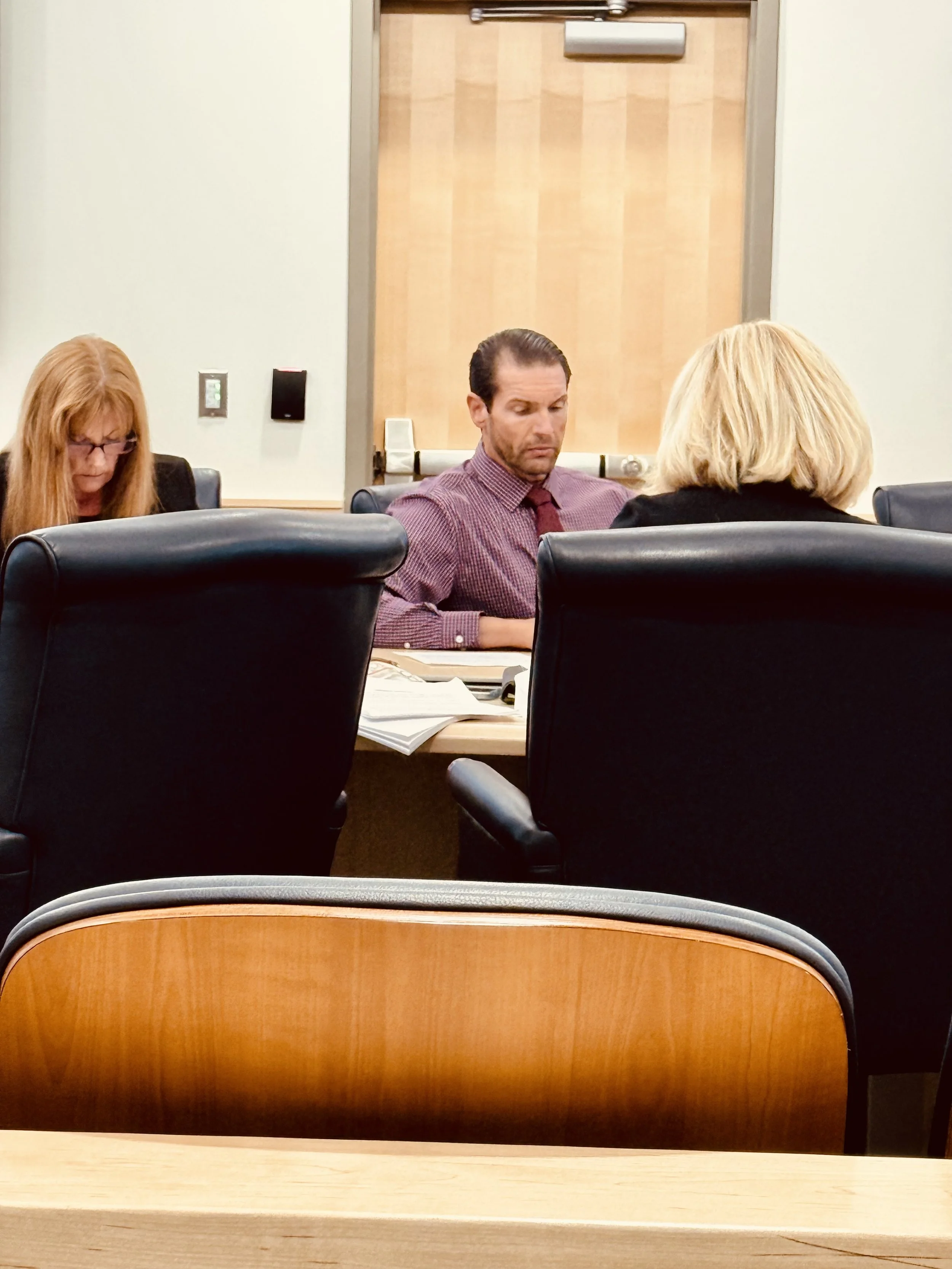By Staff Writer
Hampton Roads Construction News Network
RICHMOND, Va. — Virginia’s construction and regulatory landscape is entering a defining era. With the 2021 Uniform Statewide Building Code (USBC) now the single enforceable standard for all new permits, the Commonwealth’s builders, architects, and inspectors have crossed a clear threshold. Gone are the days of mixing provisions from older editions; in their place stands a uniform framework demanding both technical precision and code literacy—the ability to interpret and apply the evolving rules that shape the built environment.
This shift is more than procedural. It marks a cultural moment for Virginia’s building community—one that calls for fluency, coordination, and an understanding of why regulation matters as much as how it’s written. Three major reform efforts now underway will test those very skills, redefining how projects are designed, approved, and delivered statewide.
The first centers on Virginia’s single-stair debate, a discussion reshaping how cities balance safety and housing density. Under current code, multifamily buildings in the R-2 occupancy classification may use a single internal stairway only up to three stories. Legislation passed in 2024—Senate Bill 195 and House Bill 368—has directed the Department of Housing and Community Development (DHCD) to study whether that height limit could safely expand to as many as six stories under enhanced safety measures.
The advisory group assigned to the study includes building officials, fire marshals, architects, and code professionals. Among them is Eric S. Cavallo, founder and chief executive officer of Earthly Infrastructure®, and parent company of HRCNN. As a licensed commercial building contractor and ICC member, Cavallo offers practical perspective on how such a change could influence design logistics, construction sequencing, and emergency response.
Supporters argue that allowing taller single-stair buildings could unlock new housing types, reduce costs, and promote walkable, space-efficient infill—particularly in urban areas constrained by lot size. Opponents caution that any increase must come with expanded fire protection, smoke-control systems, and stricter material requirements to preserve life safety. The deliberations now unfolding will determine whether Virginia joins other jurisdictions experimenting with this model, or holds firm to its existing limit.
While that debate continues, the 2021 USBC is already reshaping the technical backbone of every project. The updated code raises the bar on performance: attic insulation requirements have climbed from R-49 to R-60, most interior lighting must now include dimmers or occupancy sensors, and exterior fixtures require automatic shut-off and moisture protection. For mechanical systems, the rules are just as demanding—all ductwork must undergo verified leakage testing, and ventilation systems must pass performance evaluation before occupancy is granted.
These aren’t optional upgrades; they are built-in expectations. The result is a construction environment that rewards early planning, documentation, and cross-disciplinary coordination. Compliance can no longer wait for the final inspection—it must be embedded from the first drawing to the last punch-list item.
Meanwhile, DHCD is also looking inward—examining how the building process itself can be made more efficient. A second reform initiative is focused on streamlining permits and inspections. Proposals under discussion include concurrent plan reviews, standardized inspection sequences, and clearer documentation requirements for Certificates of Occupancy.
The aim is to reduce administrative lag and bring consistency across Virginia’s jurisdictions without diluting oversight. For contractors and developers alike, those improvements could prove as impactful as any technical code amendment, cutting delays that often stall projects for weeks or months.
Together, these three efforts—egress reform, performance enhancement, and process modernization—form a convergence of change that demands close attention from every corner of the industry. The grace period for the 2018 USBC has expired, and the 2021 edition now governs every permit, review, and inspection. In this environment, code literacy is more than a professional credential; it is a business necessity. Those who understand the intent and application of each provision will be the ones who keep schedules intact, control costs, and ensure public safety in the process.
The message is clear: the rules are evolving, and Virginia’s builders must evolve with them. The industry’s future belongs to those who adapt early, advocate responsibly, and build with both precision and purpose.
About HRCNN
The Hampton Roads Construction News Network (HRCNN) is Virginia’s independent source for news and analysis on construction, zoning, infrastructure, and regulatory development. Founded under Earthly Infrastructure®, HRCNN provides clear, fact-based coverage for contractors, developers, inspectors, and policymakers across the Commonwealth. By tracking DHCD advisory activity, code-cycle reforms, and enforcement trends, HRCNN helps ensure that the region’s building community stays informed, prepared, and committed to a safer, smarter built environment—one that keeps Virginia built safe and built strong.






